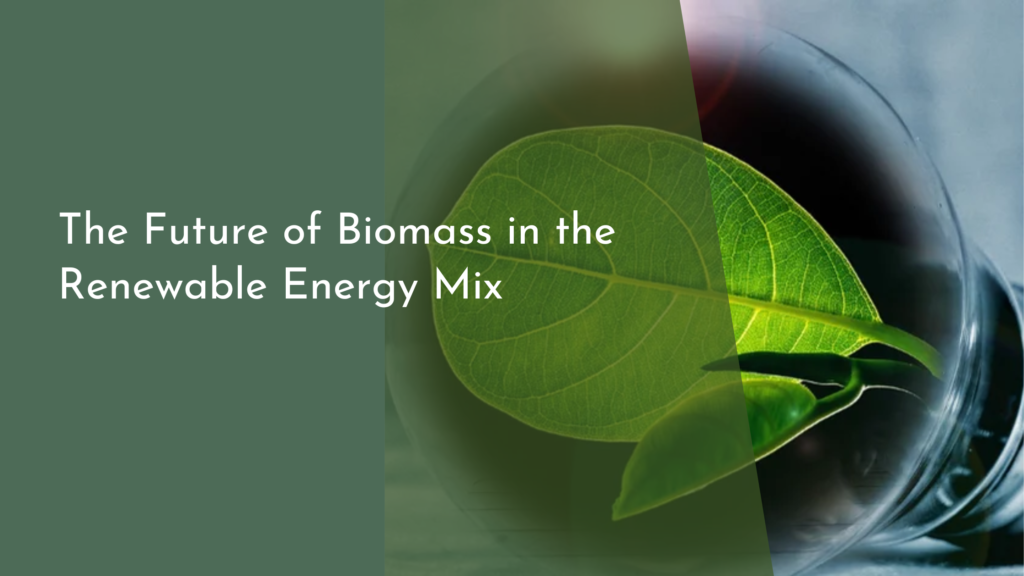Impact of Rainwater Harvesting on Reducing Municipal Water Bills
Rainwater harvesting is more than just an environmentally friendly practice; it can also significantly reduce your municipal water bills. This sustainable approach to water management allows homeowners to capture and store rainwater for various uses, such as irrigation, toilet flushing, and even laundry. In an era where conserving water is crucial and utility costs are on the rise, rainwater harvesting has emerged as a smart financial move for many households. Let’s dive into how this innovative method works, explore some success stories, and discover how you can benefit from it too!
Discover How Rainwater Harvesting Saves You Money!
Rainwater harvesting is a technique that collects and stores rainwater from roofs and other surfaces, utilizing it for non-potable applications within the home. By tapping into this natural resource, homeowners can significantly decrease their reliance on municipal water supplies. As a result, they see a reduction in the amount of water they purchase from their local utility, translating into lower monthly bills. Moreover, the initial setup costs of a rainwater harvesting system can often be recouped in just a few years through these savings.
In addition to direct savings, rainwater harvesting can also reduce the cost of stormwater management fees that municipalities often impose on residents. By decreasing runoff and the demand on local water systems, homeowners can potentially avoid or mitigate these charges. This dual benefit highlights how rainwater harvesting not only promotes sustainability but also helps keep more money in your pocket over time.
The Science Behind Rainwater and Municipal Water Costs
Understanding the financial implications of rainwater harvesting requires a look at the economics of municipal water supply systems. Water bills typically reflect the costs associated with sourcing, treating, and delivering water to households. When you harvest rainwater, you are effectively bypassing these expenses. This means that every gallon of rainwater used is a gallon of municipal water saved, which directly translates to reduced costs on your bill.
Moreover, rainwater is naturally soft and free of the chemicals often used in municipal treatment processes, such as chlorine and fluoride. This means that for certain applications, like irrigation and washing clothes, rainwater can provide a cost-effective substitute that doesn’t require additional treatment or filters. In areas prone to drought or water shortages, the economic benefits of reducing reliance on an overburdened municipal system are even more pronounced.
Real-Life Success Stories: Homeowners Cut Their Bills
Many homeowners across the globe have embraced rainwater harvesting and witnessed remarkable reductions in their municipal water bills. For instance, a family in California installed a rainwater catchment system and reported saving up to 50% on their water bills, particularly during the dry summer months. They used the harvested rainwater for watering their garden and flushing toilets, allowing them to maximize their savings while maintaining their household needs.
Another success story comes from a couple in Texas who transformed their home into a sustainable oasis by integrating rainwater harvesting. After investing in a comprehensive system, they saw their monthly water expenses drop from $100 to just $30 during the rainy season. This not only improved their financial situation but also encouraged them to adopt other eco-friendly practices, amplifying their overall impact on the environment.
Start Harvesting Rainwater and Enjoy Lower Payments!
If you’re ready to take the plunge into rainwater harvesting, there are several steps you can follow to get started. First, assess your property to determine the best location for your catchment system. Rooftops are typically the most common collection surfaces, so consider the size of your roof and the average rainfall in your area to estimate potential water collection. Next, research local laws and regulations regarding rainwater harvesting, as some regions have specific requirements or incentives for homeowners.
Once you have a plan in place, consider investing in a rain barrel or a more extensive storage system, depending on your needs and budget. Many communities offer workshops or resources to help you install your system and maximize water collection. Before long, you’ll be enjoying the benefits of reduced municipal water bills while contributing to a more sustainable future!
Rainwater harvesting is not just a trend; it’s a practical solution that empowers homeowners to take control of their water usage and expenses. The financial benefits are clear, as countless families have already experienced significant savings on their municipal water bills. By making a small investment in a rainwater harvesting system, you not only create a buffer against rising utility costs but also play a vital role in promoting environmental sustainability. So, why wait? Start your journey to lower water bills today and enjoy the refreshing rewards of rainwater harvesting!

